The Green Comet That Will Be a ‘Once-in-a-Lifetime’ Viewing Experience
The newly discovered Comet Nishimura is currently racing through space and is spectacularly visible to the naked eye.
The bright green comet will not be visible again until 2317, making seeing this green beauty a once-in-a-lifetime experience. Although most of the Earth’s population can see the comet on any clear night this week, it will be at its brightest on September 12, 2023.
How to Best Enjoy the Comet Nishimura on September 12
According to research, Comet Nishimura will be closest to the surface of Earth on September 12, at only 78 million miles away. To put that into perspective, it will be closer to Earth than the sun, which sits 93 million miles away.

Source: YouTube
The best time to see the brilliant green comet is either during the hour after sunset or the hour before dawn in the northeast region of the night sky.
But, What Is a Comet?
Comets are especially interesting objects as they transform when they get closer to the sun.

Source: Liaison/Getty Images
Essentially, comets, unlike asteroids, have dust or ice-like material that vaporizes as it approaches the heat of the sun. This process creates a tail and halo of light, known as a coma, that’s particularly beautiful to watch.
Originating From Belts Around the Solar System
Most comets in our solar system originate within the Kuiper Belt or Oort Cloud, which both lay on the outskirts of our planetary system.
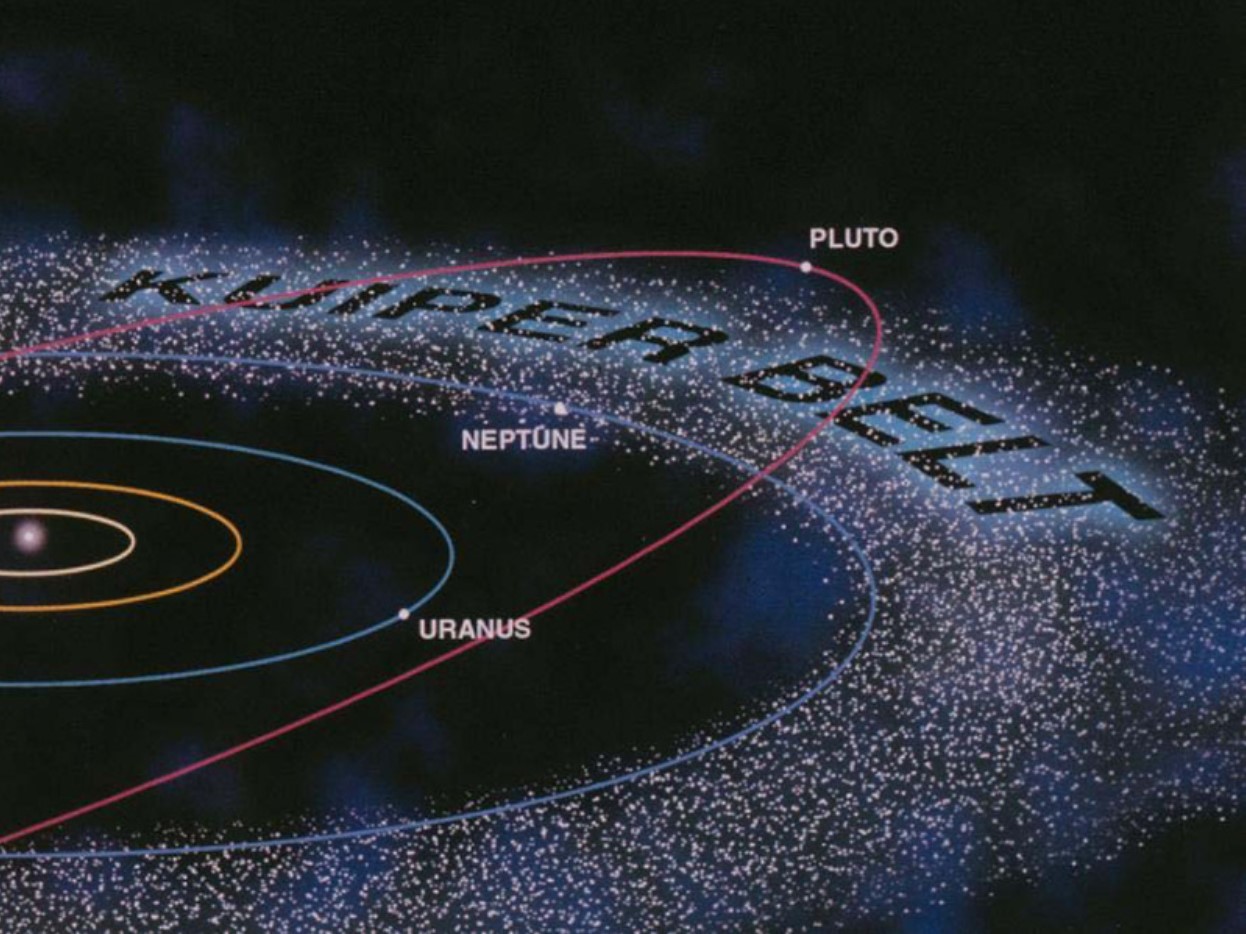
Source: NASA
These comets, which are made of water, carbon dioxide, methane, ammonia, and bits of dust and rock, orbit the sun from a distance until they eventually move closer and closer toward the star. As the comets move toward the sun, which often takes millions of years to reach, the water or ice vaporizes, creating the glow we can see from Earth.
The Long Journey Before Comets Are Visible From Earth
It’s important to note that while most comets are created within our solar system, there have been a few examples of interstellar comets in our system, which means they arrived from a solar system further away.
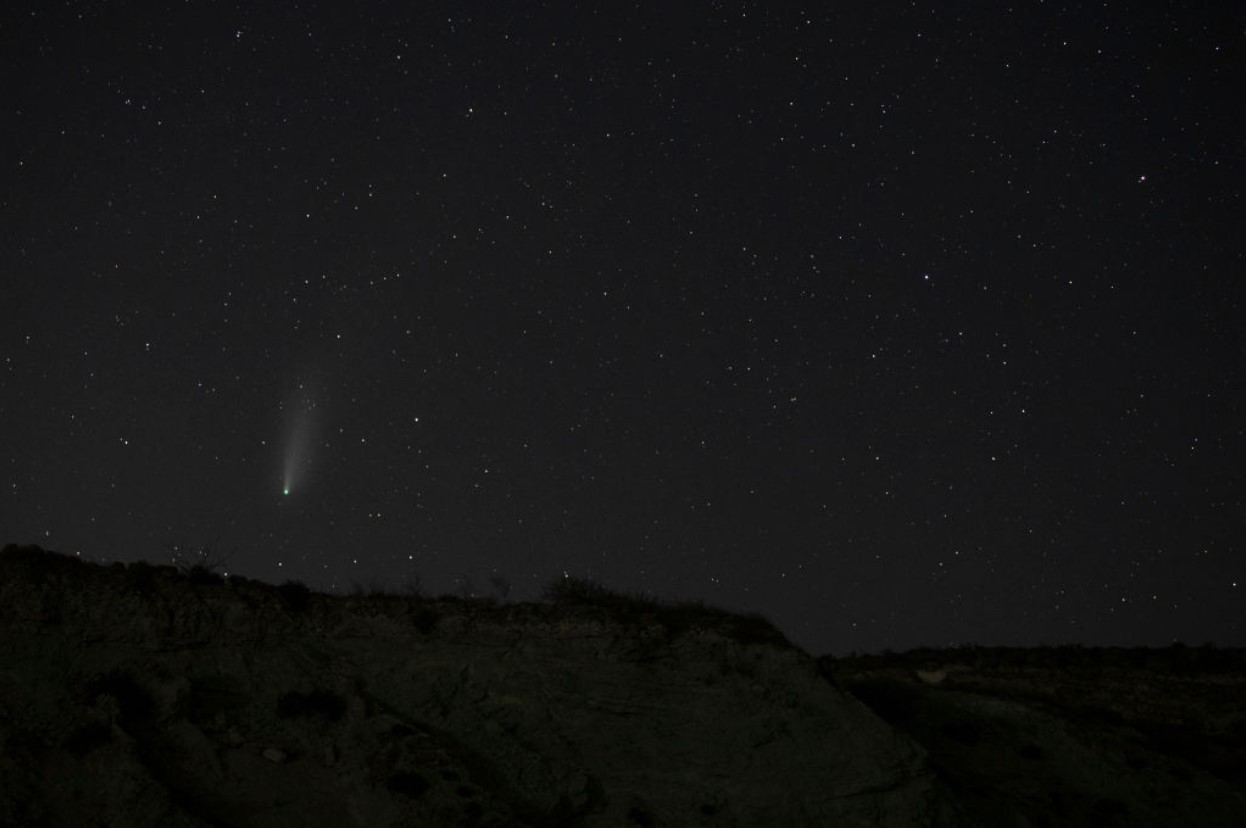
Source: Alfredo Martinez/Getty Images
Either way, the average comet could take anywhere from thousands to millions of years before it is actually close enough to be vaporized by the sun and, therefore, visible on Earth. Once it can be seen from Earth, a typical comet will take 100-500 years to orbit the solar system. Thus, each individual comet is usually a once-in-a-lifetime experience.
Famous Comets in Modern History
Comet Nishimura is certainly a special comet, though it’s not the only one humans have been able to see in recent history. Halley’s Comet, which was visible on Earth in 1986, was certainly one of the brightest and most exciting astronomical events in modern history.

Source: iStock
Then there was the Comet Donati in 1859, the Daylight Comet in 1910, Comet Arend-Roland in 1956, Comet Bennett in 1969, and even several more on record.
Researchers Attempt to Understand Comets
While comets are certainly wonderful to look at, scientists and researchers believe they can actually help us understand our solar system as well as the interstellar patterns around it.

Source: Richard Bord/Getty Images
One of the most interesting studies in the field was completed by the European Space Agency through the Rosetta Mission in 2014. During the mission, the Philae lander was sent to the comet 67P/Churyumov–Gerasimenko, and for the first time, humans were able to actually see what these comets are made of. Some scientists believe the water and organic molecules they contain could be where our water, or even our life forms, actually came from.
Earlier Civilizations Pondered this Phenomenon
Long before humans were able to send anything into space and land on comets, our ancestors were studying their pathways from Earth.
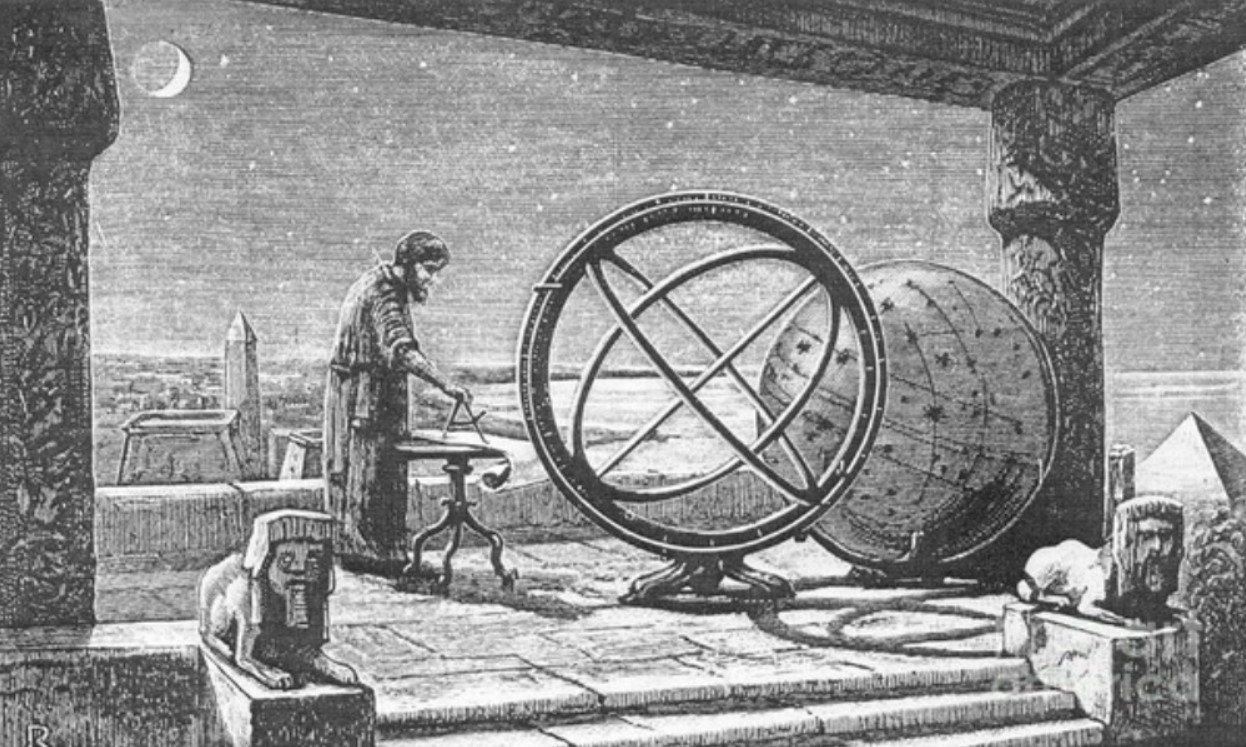
Source: Quora
Ancient people often saw comets as omens of catalysts for change. Many were afraid of them, and undoubtedly, all were in awe of these brilliant lights flying across the night sky. Some astrologists today even make predictions based on comets in the sky. However, according to modern science, they really are just molecules moving through space, not a sign of any change on Earth.
Why Is Comet Nishimura So Special?
Comet Nishimura is particularly interesting to lay people and scientists alike for two reasons: First, its green coloring is exceptionally fun to watch, and second, researchers don’t yet know where it came from.
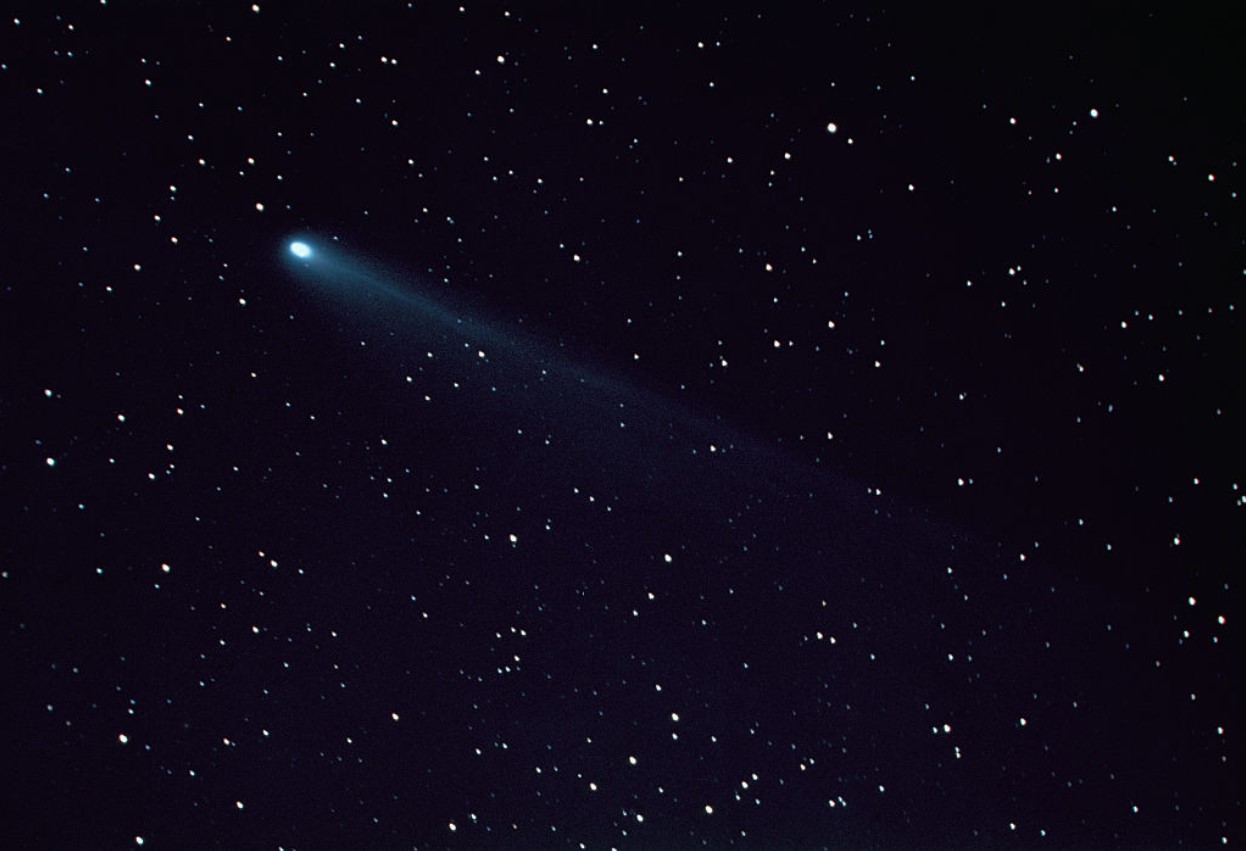
Source: Corbis/Getty Images
A man named Hideo Nishimura from Japan discovered the comet on August 12, 2023, so there is still a great deal of research to be done. But so far, some researchers believe that the comet could have originated outside of our solar system, making it incredibly important to understand.
Could the Comet Nishimura Collide With Earth?
As with any gargantuan object flying through space, some people are worried that Comet Nishimura could collide with planet Earth, causing extreme death and destruction.
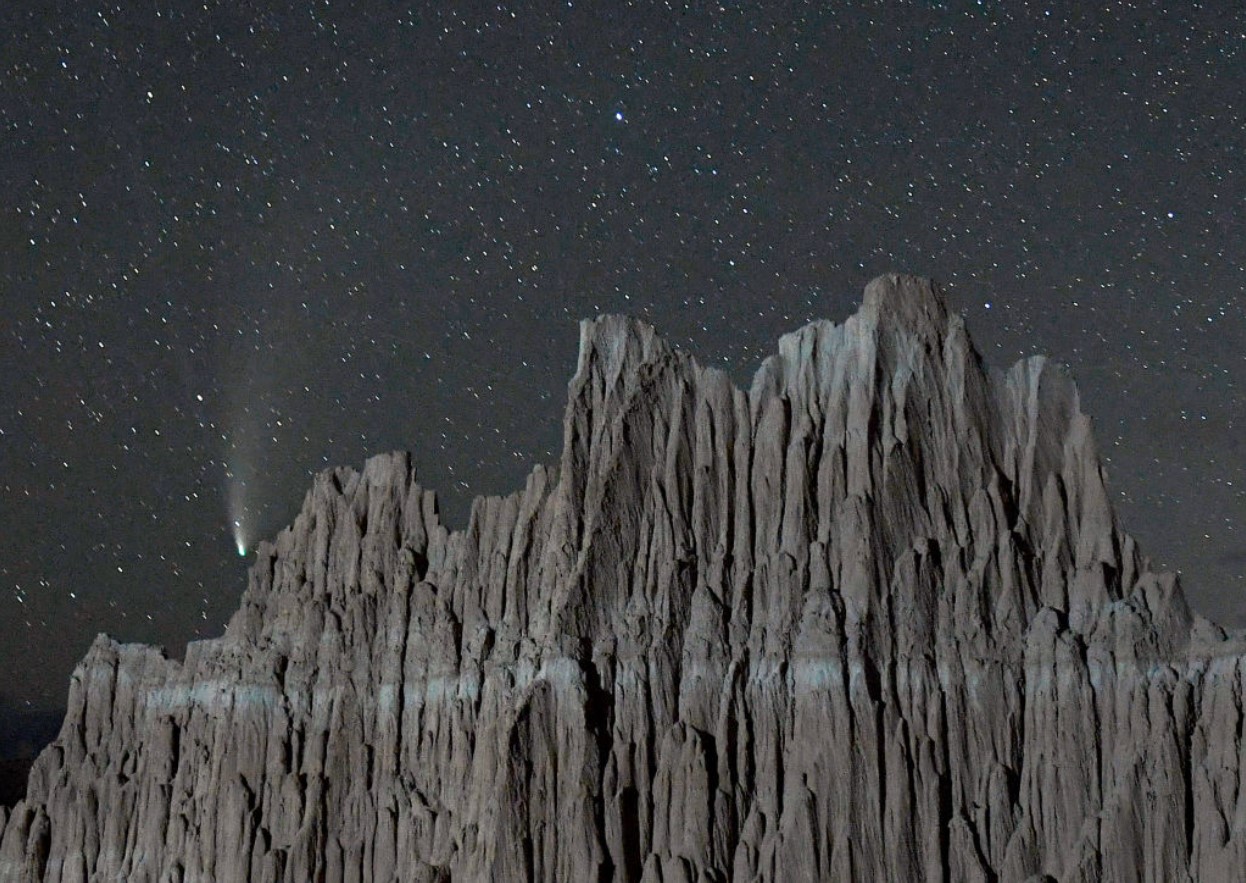
Source: Ethan Miller/Getty Images
However, one scientist, Professor Gibson, director of the E.A. Milne Centre for Astrophysics at the University of Hull, has made it clear that we are not in danger. They have been able to predict exactly where the comet is heading, and according to its trajectory, it will not hit planet Earth.
The Comet Could Disintegrate on September 17, 2023
Although the comet is not on its way toward the Earth’s surface, it is getting dangerously close to the sun.
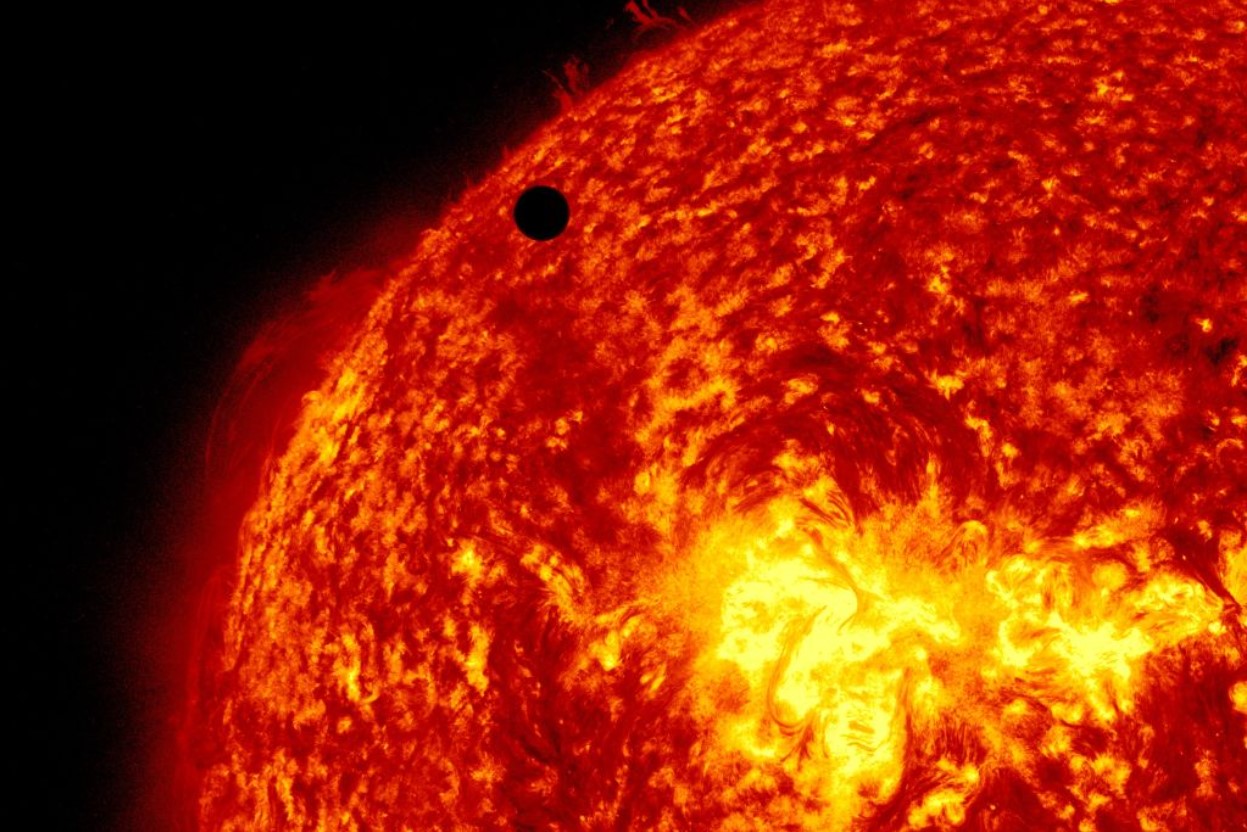
Source: SDO/NASA/Getty Images
In fact, Professor Gibson states that on September 17, 2023, Comet Nishimura will be only 27 million miles from the sun, which may lead to its complete disintegration due to extreme heat.
Comet Nishimura Is Both Beautiful and Scientifically Important
Most of us will simply enjoy being able to see the magnificent comet racing through the night sky, but in addition to being wildly beautiful, Comet Nishimura is also being studied for its scientific importance.

Source: George Rose/Getty Images
Where did it come from? How long has it been traveling? What organic material is inside the comet to make it shine green? These are the questions researchers are asking, and what they find out could change how we understand our solar system as well as the creation of our planet.
